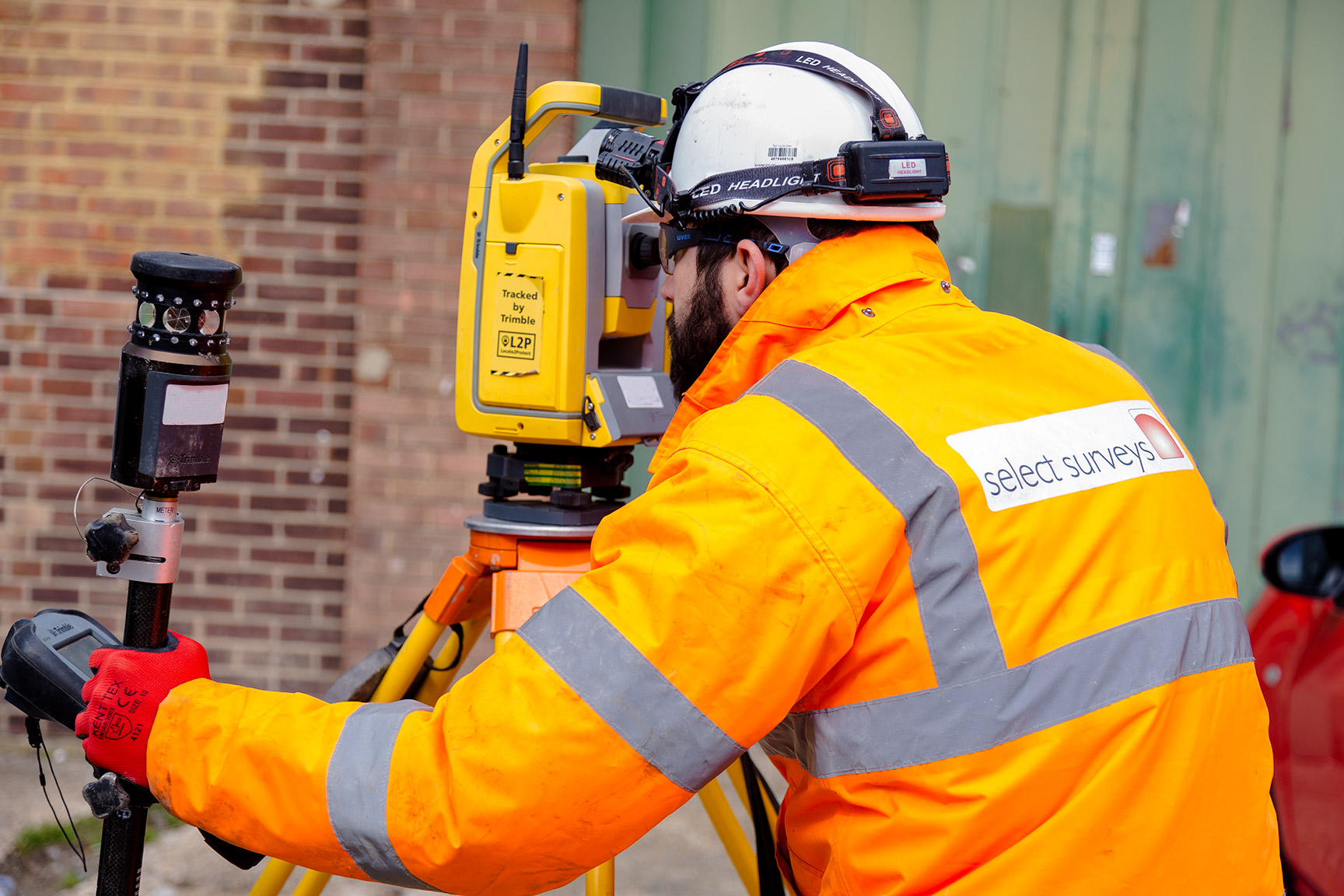
Verified view surveys have grown to be a great tool in assessing the visual impact of proposed developments. As technology continues to advance, so do the techniques used in these surveys. This article explores the near future trends in verified view surveys, specifically concentrating on the advancements in accuracy and visualization techniques. These advancements promise to improve the reliability and effectiveness of the surveys, ensuring better decision-making and improved stakeholder engagement.
One of many key advancements in verified view surveys is the use of high-resolution photogrammetry techniques. Traditional survey methods relied on manual measurements and photographs, which had limitations in accuracy and detail. However, with photogrammetry, multiple high-resolution images are captured from different angles and stitched together to make a precise 3D model. Verified Views Surveys Atherstone enables for more accurate and realistic visualizations of proposed developments.
The integration of drone technology has revolutionized verified view surveys. Drones built with high-resolution cameras can capture aerial images of the website and its own surroundings, providing a thorough view from different elevations and angles. This enables surveyors to accurately simulate the visual impact of a proposed development from various perspectives, enhancing the overall accuracy and reliability of the survey.
Advancements in real-time rendering technology have significantly improved the visualization capabilities of verified view surveys. With powerful graphics processing units (GPUs) and sophisticated software, surveyors can now generate highly realistic and interactive visualizations in real-time. This enables stakeholders to experience the proposed development virtually, rendering it easier to understand its visual impact and make informed decisions.
The integration of augmented reality (AR) in verified view surveys can be an emerging trend. AR overlays digital representations of proposed developments onto real-world environments, creating an immersive experience. This technology enables stakeholders to visualize and interact with the proposed development in real-time, enhancing their knowledge of its impact on the surrounding area.
Virtual reality (VR) simulations offer an immersive and interactive experience for stakeholders during verified view surveys. Users can navigate and explore the proposed development virtually, giving them a realistic sense of its scale, appearance, and visual impact. VR simulations offer a powerful tool for stakeholder engagement, since it allows them to supply feedback and make more informed decisions.
The application of artificial intelligence (AI) algorithms for data analysis is another trend in verified view surveys. AI can process large amounts of data collected from surveys, such as images, geospatial information, and environmental factors, to create more accurate and detailed visualizations. AI-powered algorithms may also identify patterns and trends, providing valuable insights into the visual impact of a proposed development.
The continuing future of verified view surveys holds immense potential with advancements in accuracy and visualization techniques. High-resolution photogrammetry, drone technology, real-time rendering, augmented reality (AR), virtual reality (VR) simulations, and artificial intelligence (AI) are revolutionizing just how visual impact assessments are conducted. These advancements not only improve the accuracy and reliability of verified view surveys but additionally enhance stakeholder engagement and facilitate better decision-making in the field of urban planning and development. As technology continues to evolve, we can expect further advancements that will shape the continuing future of verified view surveys, ensuring more sustainable and visually harmonious built environments.
